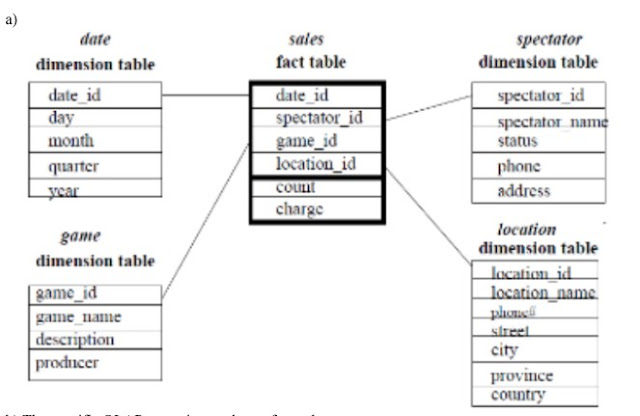Describe the technologies on which cloud computing relies.
CLOUD COMPUTING TECHNOLOGIES
Certain technologies are at work behind the scenes of cloud computing platforms, making them m adaptable, dependable, and useful. The following technologies are listed:
- Virtualization,
- Service-Oriented Architecture (SOA)
- Grid Computing
- Utility Computing
Virtualization
Virtualization is a method that allows several organizations to share a single physical instance of an application or resource. It accomplishes this by giving a physical resource a logical name and delivering a reference to that physical resource when needed. Details of virtualization are discussed in Unit IV.
Service-Oriented Architecture
Regardless of the manufacturer, product, or technology, Service-Oriented Architecture enables the usage of applications as a service for other applications. As a result, data may be exchanged across apps from various manufacturers without the need for further programming or service modifications. The graphic below depicts the cloud computing service-oriented architecture.
Grid computing
Grid computing is a type of distributed computing in which several computers from various places collaborate to achieve a shared goal. These computing resources are diverse and distributed around the globe. Grid computing divides large tasks into smaller chunks that are dispersed across the grid's CPUs.
Utility Computing
Utility computing is a service delivery paradigm in which a service provider makes computing resources and infrastructure management available to customers on an as-needed basis and charges them based on consumption rather than a fixed cost. The utility model, like other kinds of on-demand computing, attempts to optimize resource efficiency and/or decrease related costs. The Pay-per-Use concept is used in utility computing. As a metered service, it provides computing resources on demand. Utility computing is the foundation of cloud computing, grid computing, and managed IT services.
OR,
Cloud Computing Technologies
The different innovations of cloud computing are listed below:
1. Virtualization
It is the process of sharing license keys to physical instances of applications among different users of the enterprise. The main purpose of this technology is to provide a standard version of the cloud application to all clients. It is popularly used for its flexibility and instant running process. Few types of virtualization are
Hardware Virtualization: If the virtual machine is directly installed on hardware servers, it is called Hardware virtualization because it is easier to control a Virtual Machine than a physical server.
Operating System Virtualization: If the virtual machine is installed in a guest server instead of the hardware system, it is called Operating system Virtualization. It increased the testing situation of various software on various OS platforms,
Server Virtualization: If the virtual machine is installed on the system, it is called Server Virtualization. It is divided into multiple resources and utilized for load balancing on-demand basis.
Storage Virtualization: The process of collecting physical storage from different network storage devices is called Storage Virtualization. It is mainly used for backup and recovery.
2. Service-Oriented Architecture
SOA is an application that divides the services into individual business functions and procedures daily. This unique component of cloud application enables cloud-related arrangements that can be modified and adjusted on request as business needs. Service-oriented system diffuses two major components, one is Quality as service and other software as service. The function of Quality of service is to identify the function and behavior of a service from a different view. Software as a service provides a new delivery model of software which is inherited from the world of application service providers
3. Grid Computing
This is a process of connecting multiple servers from multiple to achieve a common goal. Grid computing turns large problems into smaller ones and broadcasts to servers and places them within the grid. It is mainly applied in e-commerce and is intended to share the resources on huge-scale cluster computing. A popular grid computing project is Folding@home. The project aims to find protein folding, misfolding and related diseases. It involves utilizing the power of unused computers and solving complex scientific problems
4. Utility Computing
This process relies on the pay-per-utilize model. It gives computational services on demand for a metered benefit. It mainly helps in cost-cutting by reducing initial investment. As the computing requirements for a business change, the billing also changes accordingly, without acquiring any additional cost. If the client usage has decreased, then billing cost also reduces accordingly.





Comments
Post a Comment